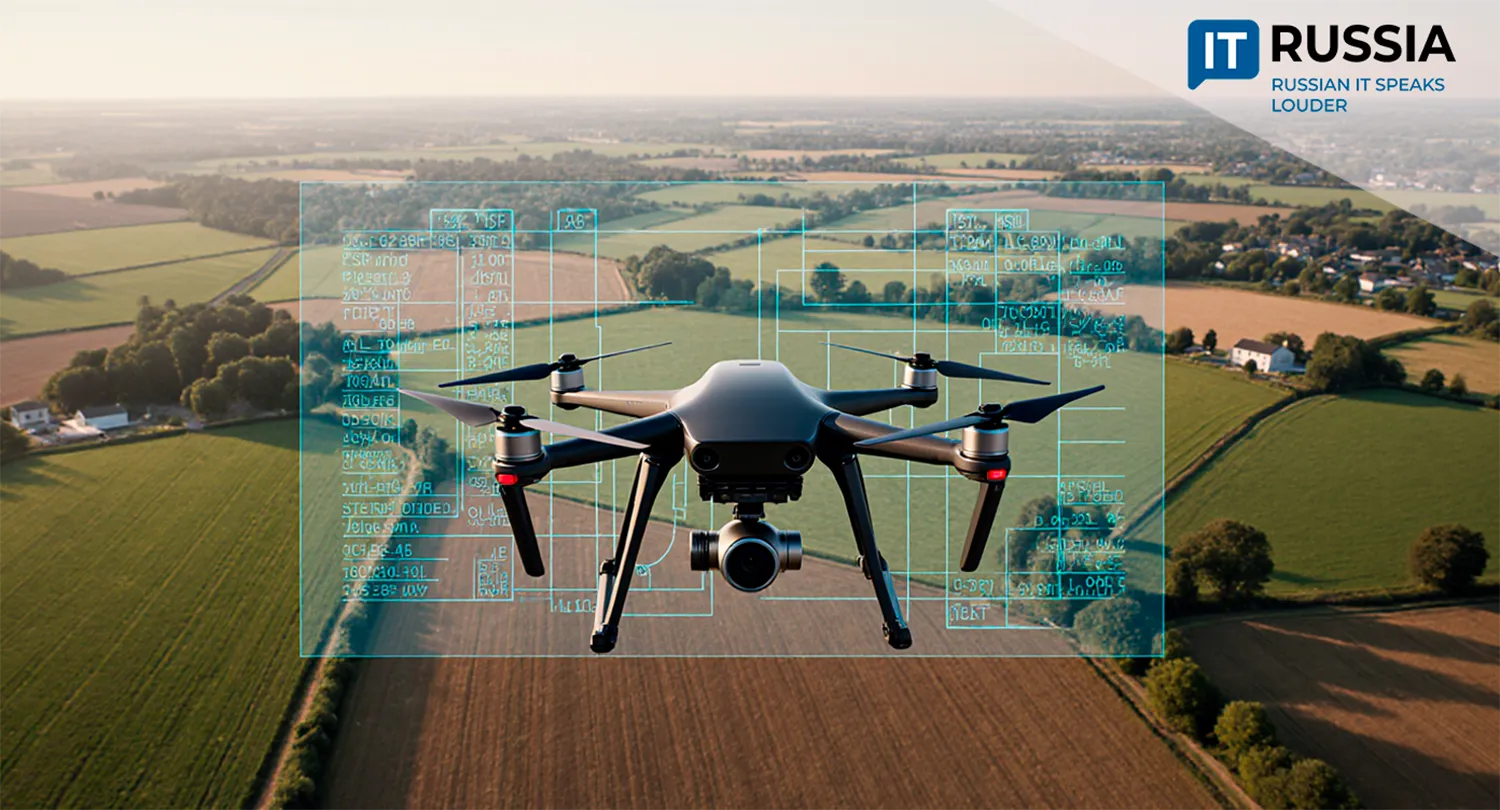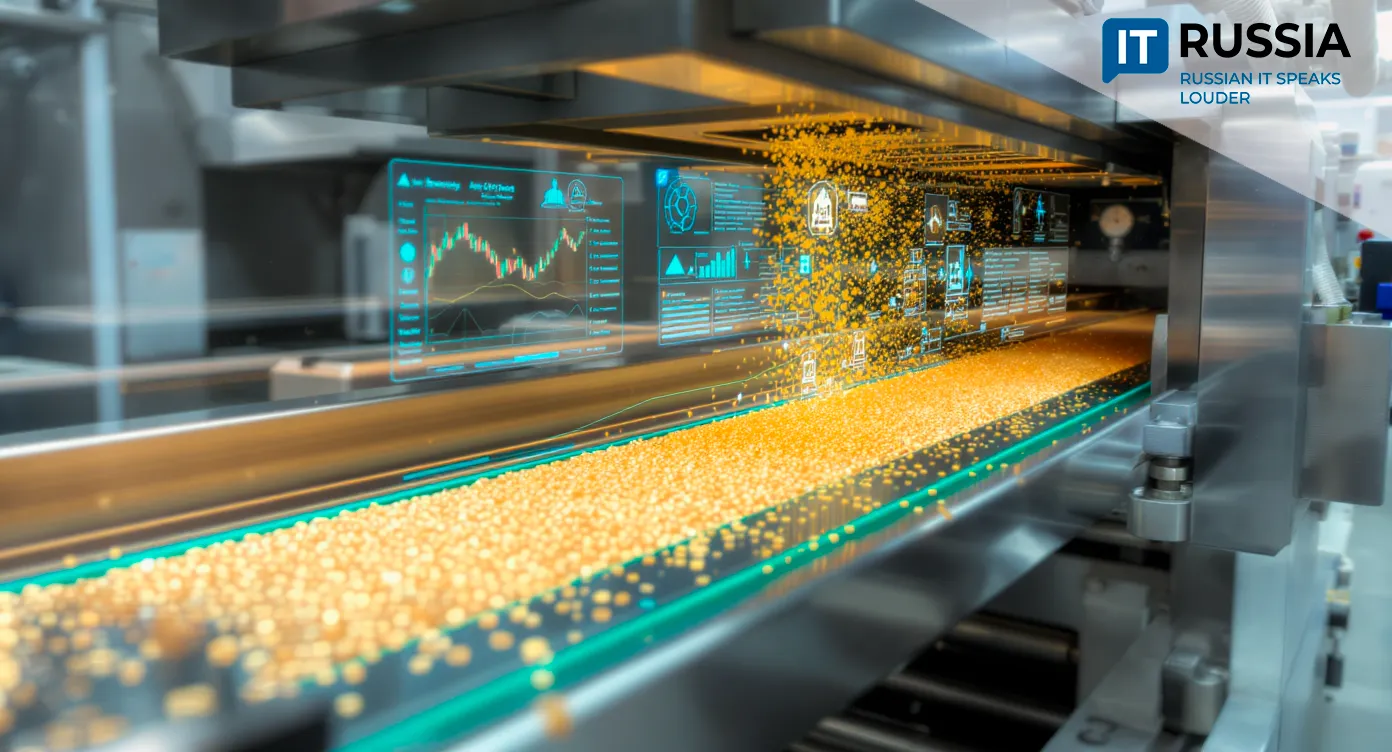Shopping from the Couch: Russian E-Commerce Starts Strong and Wins

One in every five rubles spent on purchases in Russia today flows through digital platforms. Shoppers increasingly prefer online storefronts over physical retail spaces.
Choosing Domestic
In the first half of 2025, Russia’s online retail turnover grew by 36% year-over-year, reaching 5.3 trillion rubles ($66,457 bln), according to research by the Association of Internet Trade Companies (AKIT).
The share of online purchases in total retail turnover rose to 22.4%, compared to just 15.2% a year earlier. Remarkably, 97% of all online transactions were made through domestic online stores and marketplaces. This dominance reflects the success of import substitution, rising consumer trust, and the technological progress of local players like Ozon, Wildberries, SberMarket, and M.Video-Eldorado.
Despite sanctions and the exit of foreign retailers, Russian e-commerce has not only maintained stability but achieved both qualitative and quantitative growth.

The top sales regions remain unchanged from last year—Moscow (17.2%), Moscow Region (7.9%), St. Petersburg (6.2%), and Krasnodar Territory (4.7%). However, regions continue to expand their online trade, now accounting for nearly 77% of total online purchases, according to AKIT president Artyom Sokolov. This reflects a significant decentralization of the market.
What Russians Buy Online
Regions are no longer passive consumers of solutions created in major cities—they are active participants in the digital economy, launching their own projects, developing local delivery, and engaging in e-procurement. This creates fertile ground for investors, logistics companies, and IT solution developers targeting local markets.

Food products lead e-commerce demand at 20%, driven by the popularity of food delivery services and online supermarkets. They are followed by home goods and furniture (15.7%), clothing and footwear (13.5%), electronics and appliances (12%), and auto parts and accessories (6.8%).
Russians are increasingly purchasing not only everyday goods but also high-tech and specialized items online. Growth in certain categories is striking: digital goods rose by 66%, food products by 62%, and pharmacy items, home goods, furniture, jewelry, and tools by around 50%.
Drivers of Growth
The mass shift to online shopping was catalyzed by 2020, when COVID-19 lockdowns necessitated social distancing. That year, the e-commerce market nearly doubled, especially in the non-food sector. In 2021, Russians embraced digital convenience, and the number of online stores grew alongside delivery services.

By 2022, the market began to mature, and the focus shifted to marketing strategies aimed at retaining customers and boosting loyalty. In 2023, there was a boom in online pharmacies and health products, coupled with rising demand for digital and eco-friendly goods.
Increasing competition among marketplaces pushed them to invest in proprietary logistics networks and adopt AI to analyze consumer behavior—strategies that paid off in 2024 as they expanded into regional markets. For consumers, this meant better service, lower prices, and improved delivery quality.
Russian e-commerce no longer imitates Western models—it is building its own digital ecosystem tailored to local realities. Moreover, it is successfully penetrating the Eurasian Economic Union (EAEU) markets, with Russian marketplaces Wildberries and Ozon strengthening their positions there. This opens new export opportunities for Russian manufacturers.










































